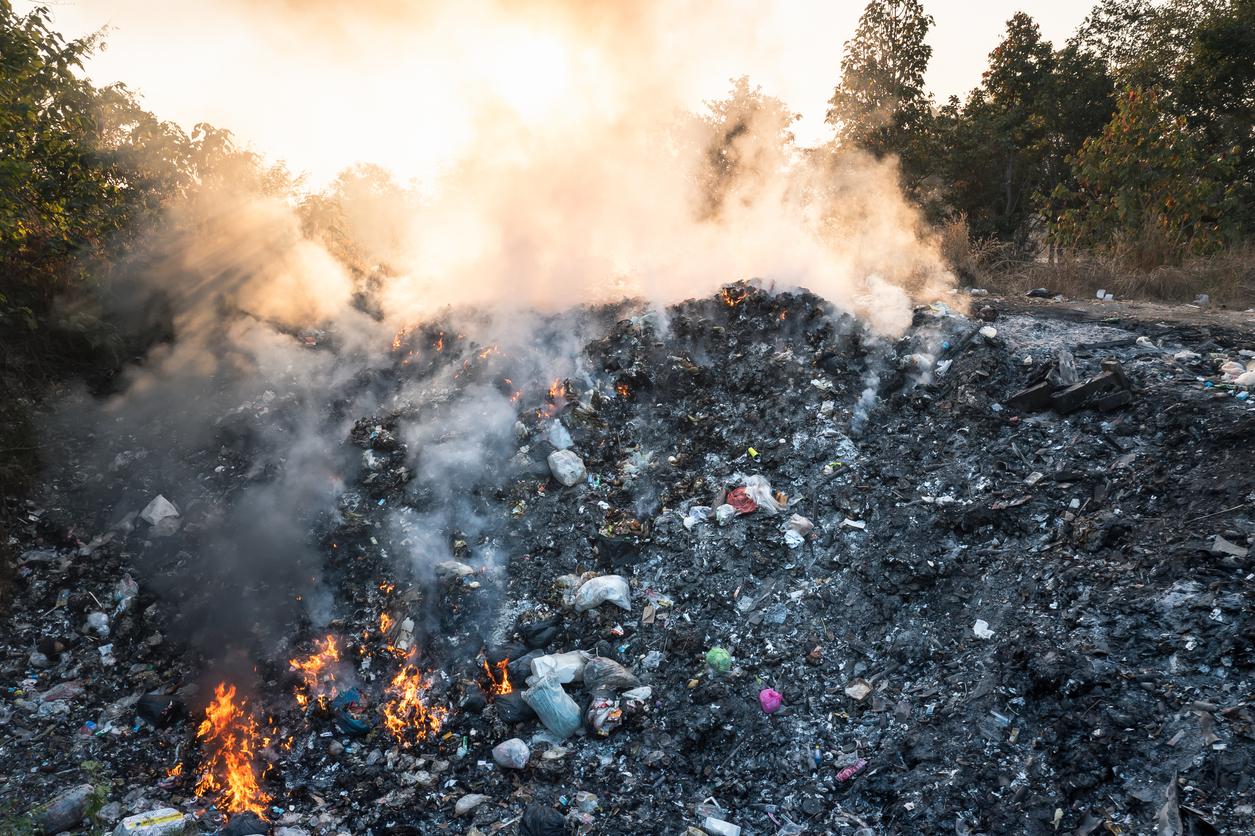More and more studies show that pollutants may have a different impact on men and women. Three factors would explain why women are more sensitive to the effects of certain pollutants (while others affect men more).
” First of all, it is necessary to take into account the professional activity. Professions in which women are the majority are exposed to certain chemical substances, such as, for example, checkout attendants who are exposed to bisphenol A present in packaging. Women are also more exposed to chemicals found in cleaning products and cosmetics » details the Professor Robert BaroukiHead of the Metabolic Biochemistry Department at Necker-Enfants Malades Hospital, Professor at Paris Cité University, Director of the INSERM Unit
” Environmental toxicity, therapeutic targets, cell signaling and biomarkers (T3S). Second origin of the gender inequality in the impact of pollutants: the fact that women have more fatty tissue than men, yet many pollutants are stored in the fatty mass. Finally, a number of pollutants such as endocrine disruptors mimic the action of estrogen and thus interfere with the sex hormone system says Professor Barouki.
Pollutants play a role in 3 women’s diseases
“For several female pathologies, we have strong arguments for a contribution of exposure to pollutants during pregnancy. pregnancy or during childhood and adolescence informs Professor Robert Barouki.
This is thus the case of breast cancer. Endocrine disruptors such as bisphenol A, pesticides such as DDT have an action mimicking that of estrogen and exposure to these substances appear to play a role in increasing the risk of developing breast cancer. ” There is also a reasonable level of evidence between exposure to polychlorinated biphenyls (PCBs) and breast cancer underlines Professor Barouki. Persistent organic pollutants (POPs) such as dioxins which are endocrine disruptors are suspected of having a role in the development of endometriosis. The role of phthalates remains quite controversial.
” There are also strong suspicions of a link between these pollutants and the polycystic ovary syndrome adds Professor Barouki. Pollutants also seem to have a role in the development of obesity, a frequent pathology in women (there are more obese women, especially in frank obesity than men).
How to protect women from pollutants?
It is an exposure to these pollutants in utero, during breastfeeding, during childhood or adolescence that has an impact on the health of women in their later lives. ” Chemical substances can alter the development of the child in utero because the placenta is not perfectly sealed. These pollutants also affect the developing organs of girls, especially during pre-puberty. explains Professor Barouki.
This tells us that the effects of pollutants on adult women are less well characterized. Also, to protect women’s health, it is necessary toact from the procreation phase (whether you are a woman but also a man) avoiding exposure to endocrine disruptors as much as possible and also being careful during pregnancy.
” It shouldavoid ultra-processed food as much as possible under plastic, to eat organic when possible, to choose well household products and cosmetics avoiding endocrine disruptors as much as possible explains Professor Barouki. Similarly, children and adolescents should be exposed to these pollutants as little as possible.
Professor Barouki spoke on May 31, 2023 at the Press Conference of the Medical Research Foundation (FRM) entitled “Health and Environment” What impact of pollutants on women’s health?
















